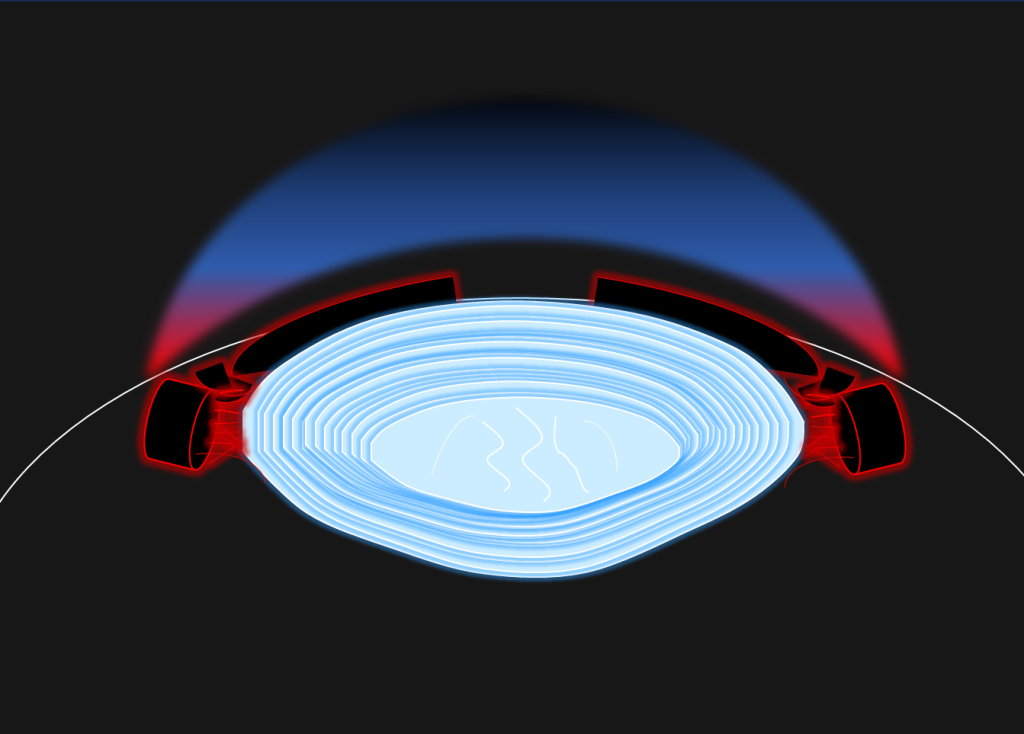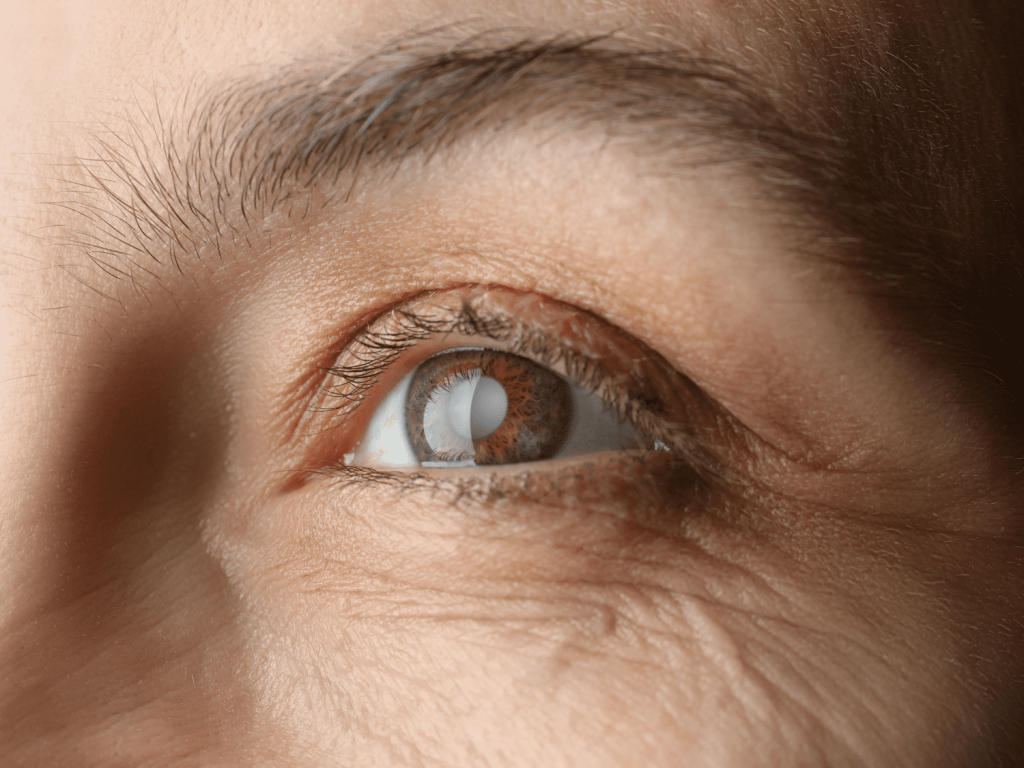
We have a highly elastic lens composed of crystallin proteins behind the iris of our eye. When functioning normally, changes in lens shape and thickness from action of the ciliary body, a circular muscle which also holds it in place, allow us to focus on near or distant objects.
The several types of crystallin proteins within maintain transparency, refractive power and flexibility, and filter higher bandwidths of light in the ultraviolet (UV) range. UV filtering prevents these biotoxic bandwidths from reaching the retina and damaging the delicate cells at the back of the eye.
Over time, ageing of lens epithelial cells at the front of the lens causes downstream effects, such as changes to the crystallin proteins. Studies show that this can be exacerbated by excess solar ionising radiation. The alteration of crystallin properties and function are behind the loss of elasticity and transparency in ageing lenses and the resultant development of cataracts.
Presbyopia
Presbyopia refers to the inability of an ageing eye to focus on near objects. It occurs due to normal age-related change to ocular muscles and lens elasticity. Presbyopia occurs regardless of LASIK or myopia at younger ages.
- Trouble with near focus, blurry vision for close work tasks.
- Reading glasses or special contact lenses will be prescribed and adjusted at every appointment.
- Refractive change in presbyopia typically stops around the age of 60.
Glare & Other Visual Disturbances
Our crystallin lens is a structure that undergoes significant changes with age, eventually resulting in cataracts that are the world’s leading cause of (treatable, but so far not preventable) blindness.
- Reduction in scotopic (dim light) vision
- Reduction in colour vision and clarity
- Increased glare from bright light sources
Cataracts
Most cataracts are a normal part of ageing and cannot really be prevented, but they are treatable.
Risks from
- Ionising radiation e.g. solar, x-rays
- Steroids
- Light skin
- Lots of time spent in bright sunlight or artificial light exposure
Early Signs
- Glare
- Different kinds of light streaks, halos. You may notice this surrounding your device or other lights and reflections.
- Poor quality near and distant vision
- Cloudy and hazy vision





